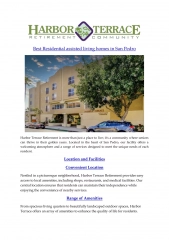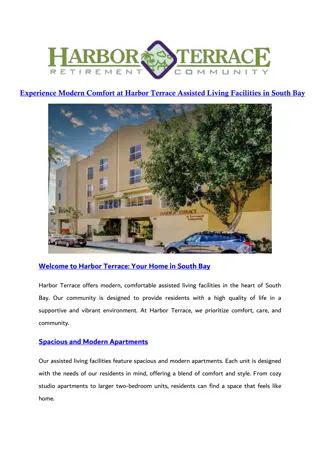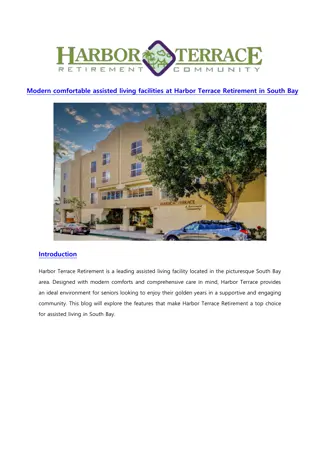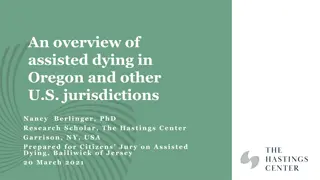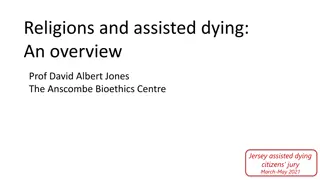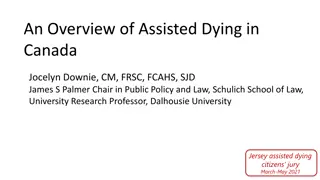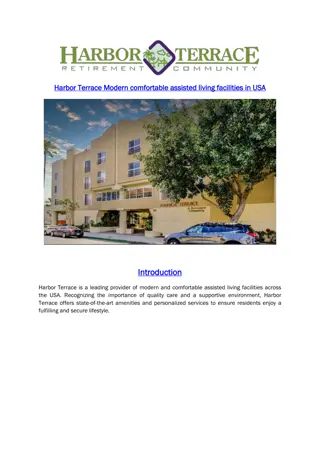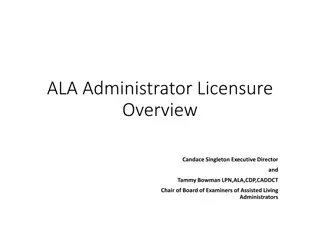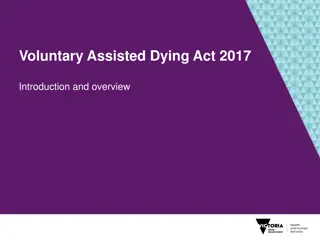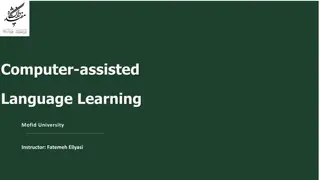Evolution of Computer-Assisted Language Learning: A Historical Overview
Delve into the evolution of Computer-Assisted Language Learning (CALL) from the mainframe era at Stanford University in the 1960s to the introduction of personal computers in the 1980s and the internet era of the 1990s. Explore key developments, such as the shift from mainframe to PC, the growth of interactive learning materials, and the impact of the internet on CALL methodologies and practices.
Download Presentation

Please find below an Image/Link to download the presentation.
The content on the website is provided AS IS for your information and personal use only. It may not be sold, licensed, or shared on other websites without obtaining consent from the author. Download presentation by click this link. If you encounter any issues during the download, it is possible that the publisher has removed the file from their server.
E N D
Presentation Transcript
CALL Applied Linguistics Assignment based on the Chapter 25 Computer Assisted Language Learning (CALL) by Paul Gruba Published on The Handbook of Applied Linguistics Alan Davies COMPUTER-ASSISTED LANGUAGE LEARNING Professor Paul Gruba Melbourne University WEIDER ANGELO
CALL Computer Assisted Language Learning Computer Aided Instruction Computer Assisted Learning Computer Enhanced Language Learning Technology Enhanced Language Learning Intelligent Computer Assisted Learning Web Enhanced Language Learning Information and Communication for Language Teachers Network Based Language Teaching Project Oriented Computer Assisted Language Learning Computer Applications in Second Language Acquisition Computer Assisted Language Assessment Computer Assisted Second Language Acquisition Research CAI CAL CELL TELL ICALL WELL ICT4LT NBLT PrOCALL CASLA CALT CASLR
CALL OVERVIEW LEVY (1997) Applied Linguistics CALL Psycology Programmed Instructions And Cognition Artificial Intelligence Human- Computer Interaction Computational Linguistics Instructional Technology Machine Translation Natural Language processing Concordance
CALL OVERVIEW CHAPELLE (2001) Applied Linguistics CALL Educational Technology Computer Assisted Assessment Computer Supported Collaborative Learning Corpus Linguistics Artificial Intelligence Computational Linguistics
CALL BRIEF HISTORY History highlights from AHMAD (1985) Studied from 1965-85 and LEVY (1995): 1960-70 - MAINFRAME Stanford University Slavic Language Self-Learning created by Staff (Mainframe Technology) University of Illinois PLATO (Programmed Logic for Automated Teaching Operations) Russian-English Translation During the period the 1960 -70 the limitation was the high cost of Mainframe In 1971 the first multimedia innitiative at Brigham Young University In the lates 1970, the arrival of Microcomputer Boom and the attention phased out from Mainframe to PC 1980-90 PERSONAL COMPUTERS From the Early 1980, growing interest in CALL, teachers were able to write small programs Materials were designed as single activities like, gap-filling, text reconstruction, speed reading and vocabulary games 1990-Nowadays INTERNET The Internet arrival prompted CALL educators to adopt SOCIO-COLLABORATIVE modes of learning Critics by Academia (Chapelle 1997) ...has been fragmented, frequently idiosyncratic, topic oriented... Chapelle (2001) a time of idiosyncratic learning, quirky software, and naive experimentation
CALL Final Discussions Anyone concerned with second language teaching and learning in 21st century needs to grasp the nature of the unique technology-mediated tasks learners can engae in for language acquisition and how such tasks can be used for assessment - CHAPELLE (2001) RELEVANCE OF CALL The absence of technology in such discussions limits the insights about task design and research solely to tradition classrooms . (GRUBA) PEDAGOCIC TASKS SHOULD NOT IGNORE THE ROLE OF COMPUTER A STRONGER CRITIQUE OF TECHNOLOGIES WILL ONLY STRENGHTEN CALL
CALL Beyond the article Real life suggestions COMPUTER-CENTRIC TOOLS ROSETTA STONE A listening and interacting state of art computer-centric tutorial (Perfect for initial stages) MY ENGLISH ONLINE USP provides this English course Online Dictionaries: LONGMAN: http://www.ldoceonline.com/ OXFORD: WEBSTER: AMAZON.COM Immediate access to Millions of different titles in the E-Book format AUDIBLE.COM Audiobooks to read and listen using KINDLE RADIO It is possible to virtually listen to most of the Radio Stations in the World and practise listening and comprehension on live COLABORATIVE APPROACH (Authentic Discourses) A COLABORATIVE REFERENCE BASED ON BILINGUAL AUTHENTIC DISCOURSE - www.linguee.com.br PODCASTS There are hundreds of podcasts to be signed and followed, like BBC or CNN SOCIAL MEDIAS (Facebook, Twitter, Instagram, Skype, Messenger, WhatsApp) we can connect to people all around the world













